Thinker, Doer, Creator, Decider and Watcher: Every CIO should be thinking about
Last updated: August 02, 2024 Read in fullscreen view
- 01 Aug 2024
 The Standish Group report 83.9% of IT projects partially or completely fail 160/1785
The Standish Group report 83.9% of IT projects partially or completely fail 160/1785 - 13 Apr 2024
 Lessons on Teamwork and Leadership from Chinese story book "Journey to the West" 43/952
Lessons on Teamwork and Leadership from Chinese story book "Journey to the West" 43/952 - 02 Nov 2021
 What is Terms of Reference (ToR)? 24/1470
What is Terms of Reference (ToR)? 24/1470 - 18 Oct 2020
 How to use the "Knowns" and "Unknowns" technique to manage assumptions 21/992
How to use the "Knowns" and "Unknowns" technique to manage assumptions 21/992 - 03 Apr 2022
 Microsoft Solutions Framework (MSF) 14/1162
Microsoft Solutions Framework (MSF) 14/1162 - 01 Oct 2020
 Fail fast, learn faster with Agile methodology 13/975
Fail fast, learn faster with Agile methodology 13/975 - 19 Oct 2021
 Is gold plating good or bad in project management? 8/756
Is gold plating good or bad in project management? 8/756 - 18 Dec 2023
 The Cone of Uncertainty in Scrum & Requirement Definition 8/646
The Cone of Uncertainty in Scrum & Requirement Definition 8/646 - 10 Nov 2022
 Poor Code Indicators and How to Improve Your Code? 8/214
Poor Code Indicators and How to Improve Your Code? 8/214 - 18 Oct 2021
 Key Elements to Ramping Up a Large Team 7/1115
Key Elements to Ramping Up a Large Team 7/1115 - 06 Feb 2021
 Why fail fast and learn fast? 6/376
Why fail fast and learn fast? 6/376 - 01 Mar 2023
 Bug Prioritization - What are the 5 levels of priority? 6/207
Bug Prioritization - What are the 5 levels of priority? 6/207 - 14 Oct 2021
 Advantages and Disadvantages of Time and Material Contract (T&M) 4/794
Advantages and Disadvantages of Time and Material Contract (T&M) 4/794 - 18 Aug 2022
 What are the consequences of poor requirements with software development projects? 4/243
What are the consequences of poor requirements with software development projects? 4/243 - 20 Jul 2022
 Software Myths and Realities 4/801
Software Myths and Realities 4/801 - 24 Nov 2023
 The project management paradox: Achieving MORE by doing LESS 3/194
The project management paradox: Achieving MORE by doing LESS 3/194 - 07 Jul 2022
 Managing Project Execution Terms 3/379
Managing Project Execution Terms 3/379 - 08 Oct 2022
 KPI - The New Leadership 3/557
KPI - The New Leadership 3/557 - 31 Oct 2021
 Tips to Fail Fast With Outsourcing 3/376
Tips to Fail Fast With Outsourcing 3/376 - 10 Apr 2024
 The Parking Lot Method: Unlocking a Simple Secret to Supercharge Your Productivity 3/403
The Parking Lot Method: Unlocking a Simple Secret to Supercharge Your Productivity 3/403 - 12 May 2024
 The Pros and Cons of the Creator Economy in the Age of AI: Opportunities, Challenges, and the Gray Zone with the Gig Economy 3/232
The Pros and Cons of the Creator Economy in the Age of AI: Opportunities, Challenges, and the Gray Zone with the Gig Economy 3/232 - 10 Dec 2023
 Pain points of User Acceptance Testing (UAT) 2/417
Pain points of User Acceptance Testing (UAT) 2/417 - 26 Sep 2024
 Successful Project Management Techniques You Need to Look Out For 2/368
Successful Project Management Techniques You Need to Look Out For 2/368 - 05 Jun 2023
 Fractional, Part-Time (virtual) or Interim CTO: Who Will Cover Your Business Needs? 2/109
Fractional, Part-Time (virtual) or Interim CTO: Who Will Cover Your Business Needs? 2/109 - 23 Sep 2021
 INFOGRAPHIC: Top 9 Software Outsourcing Mistakes 2/412
INFOGRAPHIC: Top 9 Software Outsourcing Mistakes 2/412 - 17 Feb 2022
 Prioritizing Software Requirements with Kano Analysis 2/284
Prioritizing Software Requirements with Kano Analysis 2/284 - 28 Dec 2021
 8 types of pricing models in software development outsourcing 2/418
8 types of pricing models in software development outsourcing 2/418 - 13 Dec 2020
 Move fast, fail fast, fail-safe 2/292
Move fast, fail fast, fail-safe 2/292 - 15 May 2022
 20 Common Mistakes Made by New or Inexperienced Project Managers 2/247
20 Common Mistakes Made by New or Inexperienced Project Managers 2/247 - 02 May 2022
 What Is RAID in Project Management? (With Pros and Cons) 2/735
What Is RAID in Project Management? (With Pros and Cons) 2/735 - 14 Jun 2022
 Example and Excel template of a RACI chart in Software Development 2/708
Example and Excel template of a RACI chart in Software Development 2/708 - 12 Aug 2022
 What is End-to-end project management? 2/382
What is End-to-end project management? 2/382 - 07 Dec 2023
 12 project management myths to avoid 1/169
12 project management myths to avoid 1/169 - 22 May 2022
 What are common mistakes that new or inexperienced managers make? 1/243
What are common mistakes that new or inexperienced managers make? 1/243 - 27 Jan 2020
 Should a project manager push developers to work more hours due to mistakes of manager schedule setting? 1/412
Should a project manager push developers to work more hours due to mistakes of manager schedule setting? 1/412 - 19 Apr 2021
 7 Most Common Time-Wasters For Software Development 1/525
7 Most Common Time-Wasters For Software Development 1/525 - 01 Mar 2024
 10 Project Management Myths 1/120
10 Project Management Myths 1/120 - 26 Dec 2023
 Improving Meeting Effectiveness Through the Six Thinking Hats 1/205
Improving Meeting Effectiveness Through the Six Thinking Hats 1/205 - 05 Jan 2024
 Easy ASANA tips & tricks for you and your team 1/181
Easy ASANA tips & tricks for you and your team 1/181 - 11 Jan 2024
 What are the Benefits and Limitations of Augmented Intelligence? 1/435
What are the Benefits and Limitations of Augmented Intelligence? 1/435 - 23 May 2024
 Mastering AI: Sharpening the Axe in the Digital Age 1/182
Mastering AI: Sharpening the Axe in the Digital Age 1/182 - 02 Jun 2024
 Reviving Ancient Wisdom: The Spiritual Side of Project Management /204
Reviving Ancient Wisdom: The Spiritual Side of Project Management /204 - 14 Mar 2024
 Why should you opt for software localization from a professional agency? /117
Why should you opt for software localization from a professional agency? /117 - 01 Aug 2022
 Is planning "set it and forget it" or "set it and check it"? /264
Is planning "set it and forget it" or "set it and check it"? /264 - 12 Mar 2024
 How do you create FOMO in software prospects? /131
How do you create FOMO in software prospects? /131 - 23 Jun 2024
 Best Practices for Managing Project Escalations /184
Best Practices for Managing Project Escalations /184 - 21 Jun 2024
 Dead Horses and the Escalation of Commitment /124
Dead Horses and the Escalation of Commitment /124 - 17 Oct 2021
 Does Fast Tracking increase project cost? /350
Does Fast Tracking increase project cost? /350 - 13 Jan 2020
 Quiz: Test your understanding project cost management /568
Quiz: Test your understanding project cost management /568 - 06 Nov 2019
 How to Access Software Project Size? /236
How to Access Software Project Size? /236 - 02 Dec 2021
 3 Ways to Avoid Scope Creep in IT Consulting /192
3 Ways to Avoid Scope Creep in IT Consulting /192 - 09 May 2022
 Build one to throw away vs Second-system effect: What are differences? /299
Build one to throw away vs Second-system effect: What are differences? /299 - 10 May 2022
 Levels of Teamwork /180
Levels of Teamwork /180 - 03 Jan 2023
 Organizing your agile teams? Think about M.A.T (Mastery, Autonomy, Purpose) /333
Organizing your agile teams? Think about M.A.T (Mastery, Autonomy, Purpose) /333 - 30 Nov 2023
 Project Managers, Focus on Outcomes — Not Deliverables /143
Project Managers, Focus on Outcomes — Not Deliverables /143 - 02 Nov 2022
 Difference between Change Management and Project Management /216
Difference between Change Management and Project Management /216 - 06 Jun 2022
 Change Management at the Project Level /293
Change Management at the Project Level /293
Basically, there are four different types of roles and people.
- Doers: These people are the backbone of keeping everything running.
- Doing-Thinkers: These people do the work and then take into consideration what needs to be done to fix what they just did.
- Thinking-Doers: These people consider all of the work to be done before doing the work.
- Thinkers: These people no longer have the time or the operating access to actually implement. This is not part of their role. They need to maintain a much larger picture.
The Five Pillars of IT-Business Management: Thinkers, Creators, Doers, Deciders and Watchers
Thinker/Doer/Creator/Decider/Watcher (5-pillars) is a framework to help understand the composition of their technology workforce and quickly identify areas of improvement. Based on scores of projects across a wide range of industries, the 5-pillars framework analyzes the ratio of different types of roles within a technology function, dividing them roughly into Thinkers (who provide strategic framing, vision, and prioritization), Doers (who produce output, and have their “fingers on the keys”), Creator (who bring new ideas, products, and art into existence through their imagination and creativity), Decider (who make final decisions for setting goals, developing strategies, and ensuring the stability of the business growth) and Watchers (who oversee and facilitate processes and communication).
Doers/Creators/Deciders tend to comprise up to 75% of the tech organization in companies with more advanced technology functions. This group includes developers, engineers, testers, and other operational roles. Watchers include business analysts, project managers, and the management team. Ideally, watchers make up less than 15% of the organization, because the shift to modern ways of working has reduced the need for such roles. Thinkers - a group that includes product managers, data scientists, and architects - should make up about 10% of a technology workforce.
While not a perfect instrument or a hard-and-fast rule, 5-pillars analysis helps leaders understand their often huge, varied, and dispersed workforces, by categorizing them in smaller, more manageable groups. This can help pressure-test levels of overhead, bureaucracy, and skill-sets in the organization.
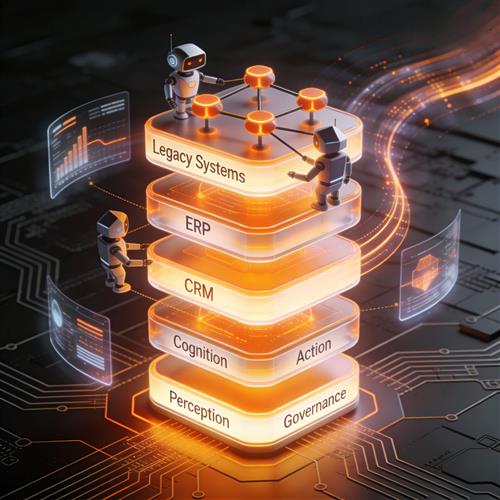


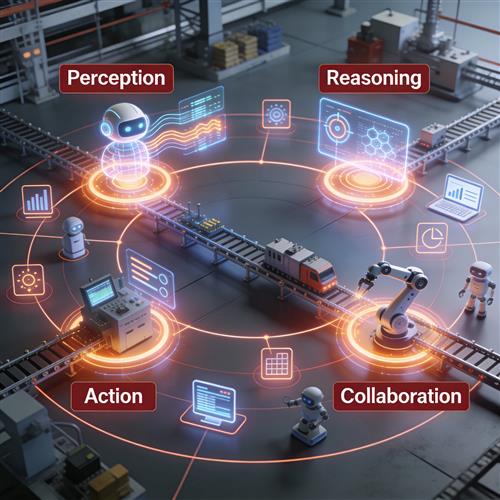

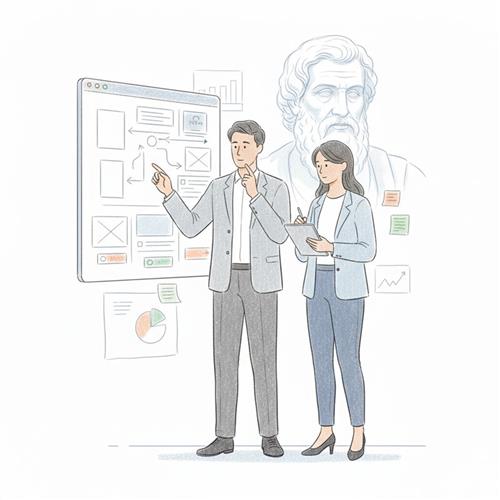

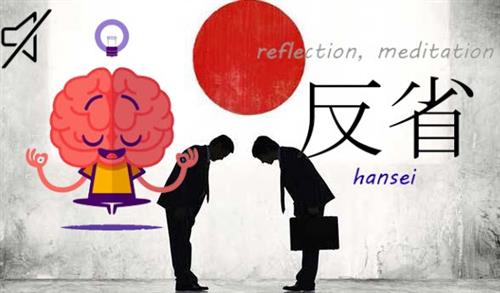

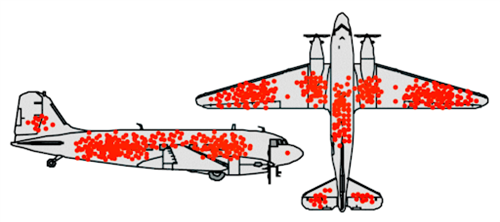

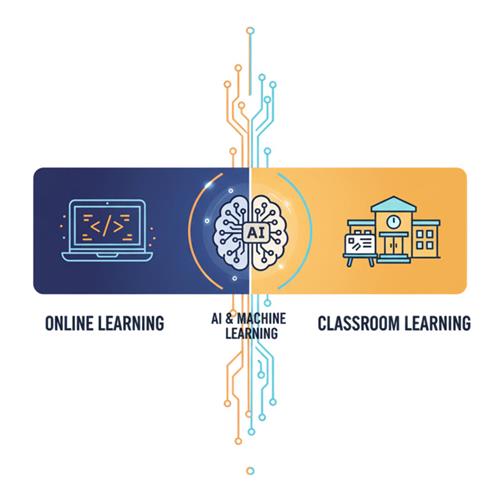

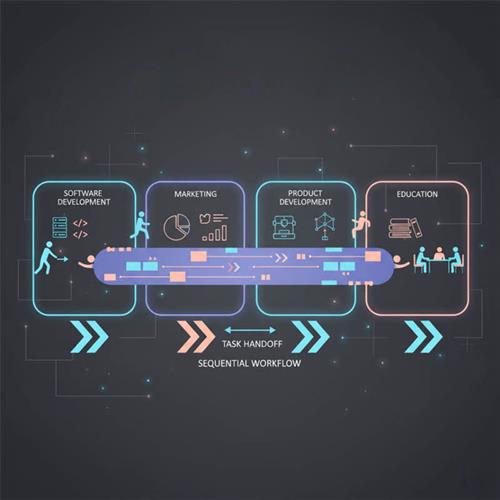
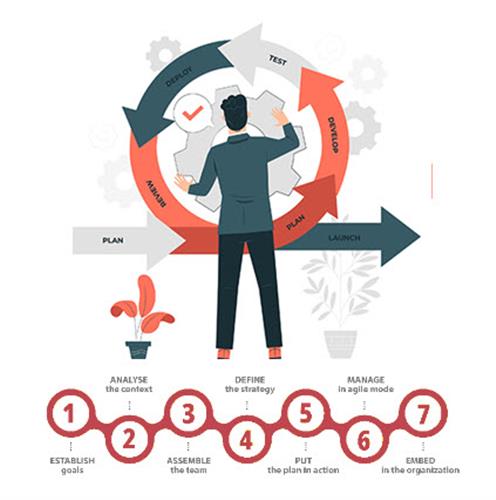
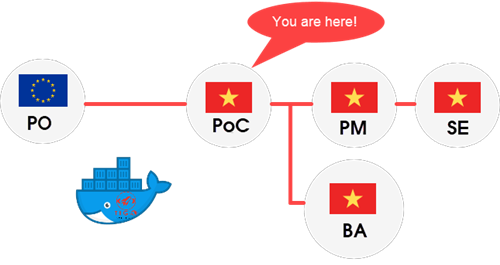
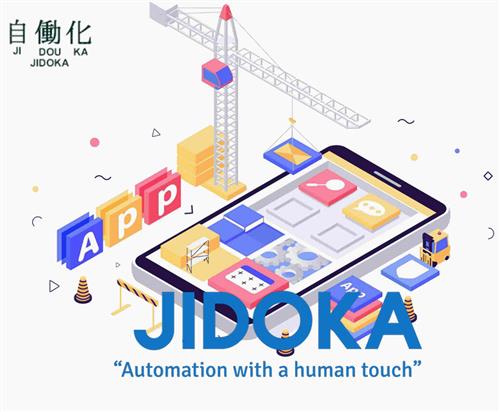





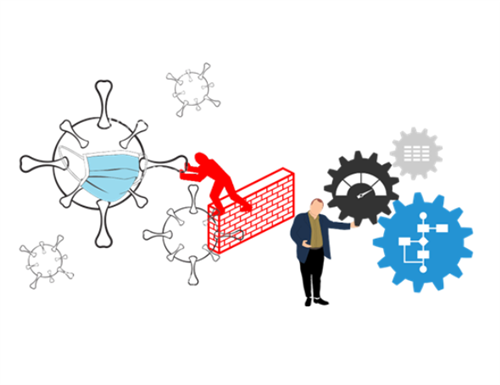


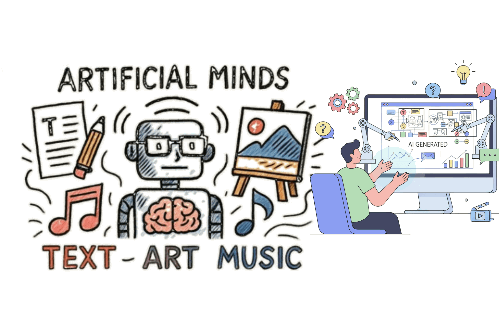









 Link copied!
Link copied!
 Recently Updated News
Recently Updated News